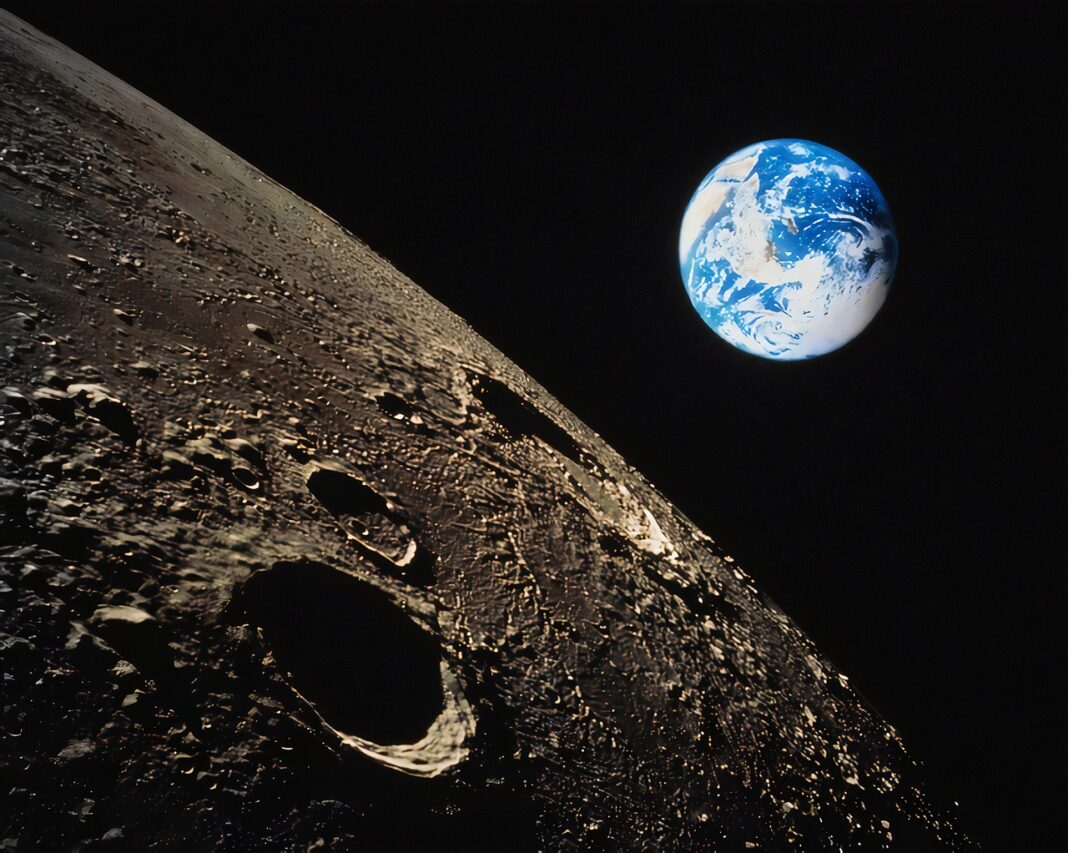The world powers yearn for the conquest of the Moon and for its permanent settlement. When the first man landed on the moon in 1969, it was primarily a demonstration of technical maturity. This time, however, it is not a demonstration of technology, but especially a desire for power and money. The moon can hide a great mineral wealth that is still intact. The US, Russia and China in particular will be fighting for this mineral wealth.
Who can conquer the moon? Politics is also at stake
The Trump administration has already announced that it will return astronauts to the moon by 2024. A global legal framework called Artemis Accords has been proposed to allow mining on the Moon and other cosmic bodies. The Artemis Accords are a political commitment between governments participating in the Artemis Program. This political commitment is under the auspices of the US Space Agency, NASA and the US State Department. The agreement was signed by the directors of national agencies from 8 countries. Other signatories may not be involved in the program, but are expected to adhere to the established principles. The treaty has been sharply criticized because it favors the United States and its trade interests. This treaty also completely omitted Russia and China.
The Outer Space Treaty
The basis of international space law has so far been The Outer Space Treaty. This treaty was signed by 111 countries and entered into force on October 10, 1967. It is an important treaty because it prohibits the placement of nuclear weapons in orbit and space bodies, the construction of military bases in space, weapons testing, etc. Importantly, the treaty prohibits claiming ownership of any cosmic body.
A new space race seems to be starting, with the United States and its allies on one side and Russia and China on the other. China proved its capabilities by the beginning of January 2019 with a robotic spaceship on the far side of the moon. China’s ambitions in space are great, China would like to mine and produce on the moon. Mining should mainly include titanium, helium-3, silicon and aluminum. These elements will drastically reduce the cost of space travel.
Mining on the moon
Photinie Koutsavlis, the Director General, Policy and Economics Branch, at Natural Resources Canada, thinks that the mining and space industries will have to work very closely together in the future. Space is a new frontier for miners that may be crossed in the foreseeable future.
According to the website Mining.com, strong advocate for lunar mining is Angel Abbud-Madrid, Director of the Center for Space Resources at the Colorado School of Mines. According to him, space mining is based on obtaining resources from the moon. Getting any technology from Earth to space is very expensive and challenging. Rather than obtaining resources from Earth, he said, it would be best to find water on the moon, which can be easily divided into hydrogen and oxygen. When fuel is available, it does not have to be pumped from the Earth. A WGM study on conceptual economic lunar water extraction estimates that the current market value of 1 ton of water per month is about $ 10 million. These are very rough estimates, it’s hard to guess something you don’t even know if there’s enough on the moon.
Not in the name of science, but in the name of money
Mining on the Moon may seem like a sci-fi vision, but the space race of the last century has already shown that when there is something to strive for, there will always be rapid technological development. There are also private space companies at stake, such as Blue Origin and Space X, which have shown that they can compete and also get material into space for much cheaper.
It will be interesting to see how the situation develops, but it is also sad that conquering the universe will not be so much about science as it is about getting money and more power.
Source:
https://www.mining.com/the-next-frontier-prospecting-mining-on-the-moon/
https://www.nationalreview.com/2019/06/china-moon-mining-ambitious-space-plans/
Image credit: Pixabay


















